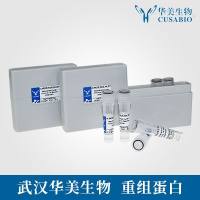There are numerous options for monitoring ATP synthesis in chloroplasts using isolated thylakoid membranes, intact chloroplasts, and even whole leaves. Currently, the most commonly used method employs isolated thylakoids coupling the synthesis of ATP to light emission from luciferin in a reaction catalyzed by luciferase. The luciferin–luciferase assay can be highly sensitive and is a direct measure of ATP. Another direct measurement of ATP is the incorporation of 32 P into ATP, which, while more technically difficult, has the advantage over the luciferin–luciferase assay of being able to distinguish newly synthesized from total ATP. The phosphorylation of ADP results in a net decrease in pK a (acid disassociation constant) between the reactants and the product ATP, resulting in an increase in the pH of the assay media, which can be used as a convenient, continuous measurement of ATP synthesis. The formation of ΔμH+ across the thylakoid membrane and its concomitant dissipation as ATP is synthesized can be measured by an electrochromic absorption band shift (ECS) of thylakoid pigments measured at 518 nm (Witt, Biochim. Biophys. Acta 505:355–427, 1979; Petty and Jackson, Biochim. Biophys. Acta: Bioenergetics 547:463–473, 1979). The first-order decay time of the ESC can be used to estimate the rate of ATP synthesis providing a noninvasive, indirect method for measuring ATP synthase activity that can be used with intact leaves.






